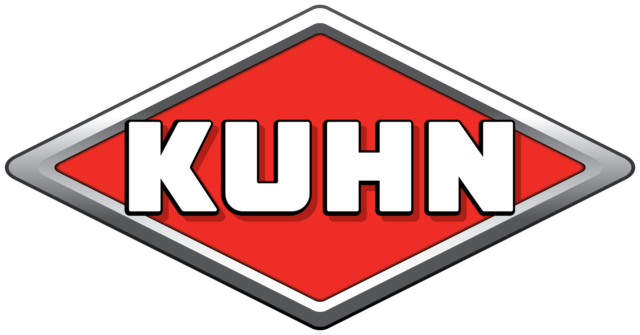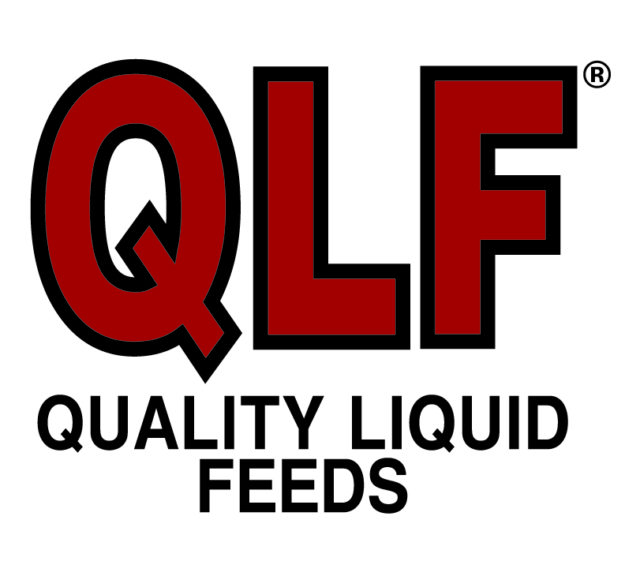Cattle that stay healthy in the feedlot produce greater revenue than those that become sick. Calves treated once earned $119.92 less, and calves treated two or more times earned $365.01 less, according to a 2014 study. These numbers show the tremendous influence on calf value when relating health to overall profitability.
Calving time and environment
“When is the ideal time to calve?” is a question I often receive, and I always tells producers, “I’ll tell you a month after the fact.”
It is my belief that beef cows need to be low-maintenance and require minimal inputs while also being highly productive and highly profitable. I think we can have all four. If this is the goal, calving in the middle of winter in northern climates or in the middle of summer most places in North America makes little sense.
Calving season is a balancing act of weather at calving time balanced with weather and forage supply at rebreeding. The issue of labor at calving should be a minor factor because low-maintenance cows that calve on their own need little assistance with labor.
Calves born in weather conducive for a newborn to be born outside have many health advantages compared to calves born in a confinement setting.
Calf vigor
Calf vigor at birth is influenced by birthweight, calving ease score, sex of calf, age of dam and breed of calf. Producers don’t need to use calving ease bulls on cows but need to be reasonable with regard to birthweight expected progeny differences (EPD).
While the goal is not to produce 120-pound calves, it is also not to produce 60-pound calves at birth from mature cows. In a study in Nebraska with over 4,000 calves born out of 2-year-old heifers, calf mortality was increased with calves significantly heavier or significantly lighter at birth than the mean.
Selecting for extremely low birthweight does not appear to be a sound production practice, as both very heavy and very light calves at birth have reduced vigor and increased mortality from birth to weaning. Crossbreeding/hybrid vigor will improve calf vigor, so cows should be mated to produce a crossbred calf.
Colostrum
Dam age, genetics and nutrition influence colostrum production. Cows should have a body condition score 5.5 to 6.0 and heifers 6.5 to 7.0 at calving to optimize colostrum production while also enhancing herd fertility.
Cows produce a finite amount of immunoglobulin (Ig) and, as milk EPD rises, colostral Ig concentration will decrease as the Ig will be diluted out in a greater volume of colostrum. If the calf can nurse all the colostrum, it will still receive all of the Ig.
If colostrum production is more than the calf’s ability to ingest it, the calf will have less Ig absorption. Is this a major issue? Probably not, but it is a potential concern. Higher and higher milk EPDs are not positive in my opinion.
Prewean/precondition/weaning
Preconditioning calves = win-win-win-win. Calves are healthier with improved animal welfare. Cow-calf producers enjoy improved income. Feedlot buyers see decreased morbidity and mortality with improved profits. Consumers get an improved product.
Keys include:
- Timely vaccinations
- Low-stress weaning
- Proper nutrition
- Targeted marketing
- Feedlot acclimation
Benefits include:
- Less antibiotic use
- Improved Beef Quality Assurance (BQA)
- Decreased labor
- Improved carcass quality
Data from the Ranch to Rail and Tri-County Steer Carcass Futurity shows the benefit of using two doses of modified-live bovine respiratory disease vaccine well before feedlot entry.
Timing of doses should be at least three weeks apart, with the initial dose at least nine weeks preweaning and the second dose at least three weeks before feedlot entry. Another study showed the initial modified-live virus can be given at a “normal” calf processing time (about 2 months old) with the second dose at weaning.
The study showed equivalent outcomes to the more traditional three to four weeks prewean and at weaning with reduced labor.
Feedlot entry
To have the greatest chance for success in the feedlot, calves need proper nutrition, environment, immunity and animal handling. The majority of calves entering the feedlot have not had access to a high-starch diet, so feeding a high-fiber diet that more closely resembles their nutrition on the ranch upon entry to the feedlot seems prudent.
I always recommend using a professional nutritionist to balance cost-effective rations. Many smaller feedlots may not feel they can afford nutritional consultation, but my experience working with producers proves otherwise. With nutrition being upward of 70 percent of the cost of finishing a calf, spending a relatively small amount to get the best advice is money well spent.
The ideal feedlot environment is dry but not dusty and protects against weather extremes. Shades and windbreaks should be standard features in feedlots. The use of bedding in cold and wet (or even extremely hot/sunny) environments has proven to be a cost-effective investment. Cattle comfort needs to have an increased focus in the feedlot.
The concept of low-stress cattle handling is gaining tremendous momentum and becoming the standard in many areas. The terms “running” and “cattle” should never be used in the same sentence. Working cattle is not a timed event where the fastest time wins.
When discussing cattle processing, we need to say walking cattle through the chute instead of running them through the chute, as the quality of the processing always trumps speed. The concept of low-stress cattle handling that may have seemed a bit trivial only 15 to 20 years ago has become the standard of care, and it is simply the right way to treat our animals. The cattle deserve the best we have at all times.
If you produce calves, all of these topics can help you sell a premium product. Other considerations include fetal programming/nutrition of the dam, calving ease in heifers and using the Sandhills calving system.
If you are the buyer of feeder calves, find suppliers of calves who do “all of the above” so that you can feed a healthy, profitable calf that will produce the best possible product for the consumer. ![]()
PHOTO: Cattle in a pasture. Staff photo.
References omitted but are available upon request. Click here to email an editor.

-
W. Mark Hilton
- Technical Consultant
- Elanco Animal Health
- Email W. Mark Hilton







